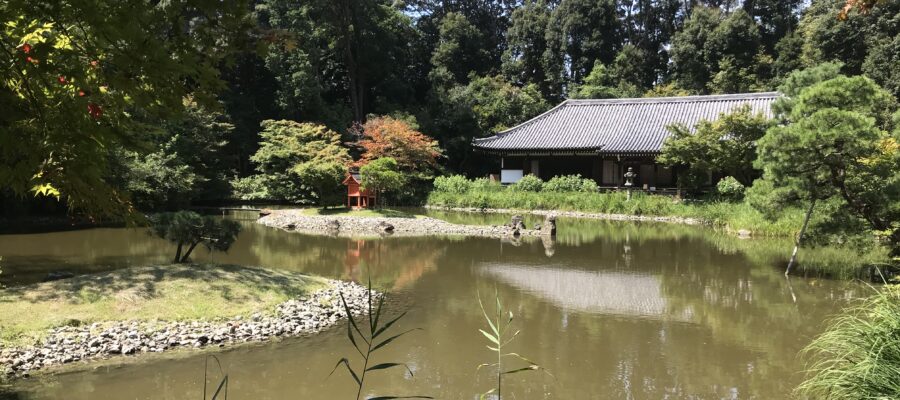奈良ではなく、京都でした
浄瑠璃寺は奈良市の中心部から近いので奈良県のお寺と思っていましたが、住所を見ると京都府になっていました。奈良までドライブするついでに寄ってみることにしました。山の入口あたりから結構な距離があったので、歩いてくるのは大変だなと思って運転していると、何人か徒歩で登っている高齢の婦人方がいらっしゃいました。
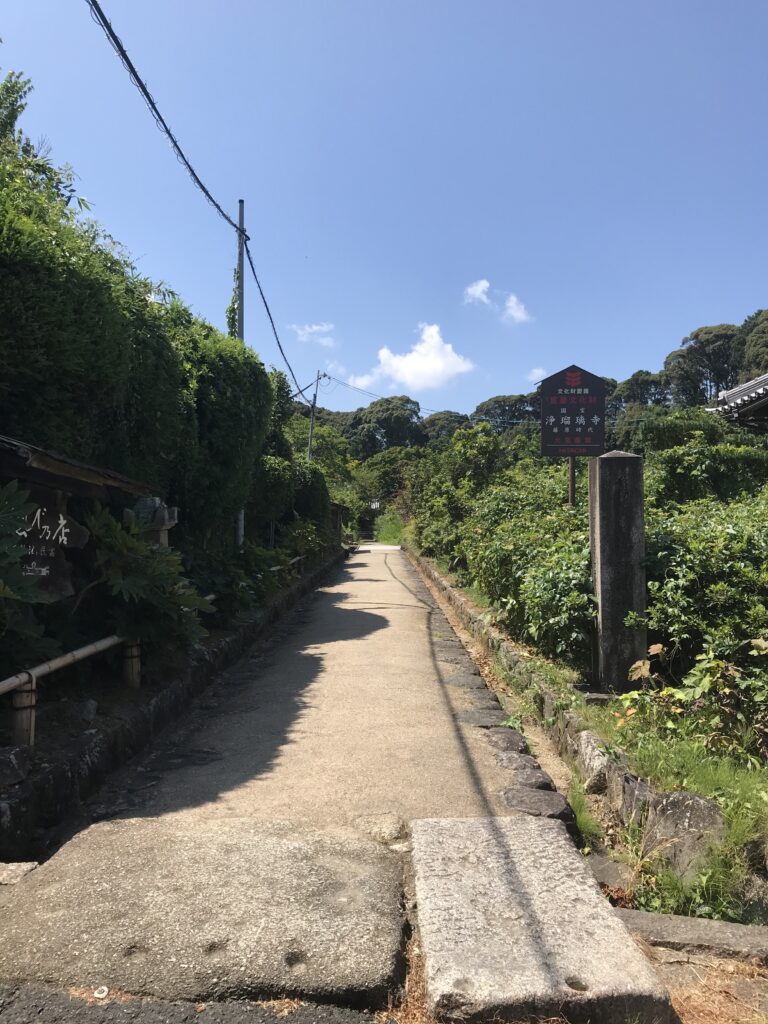
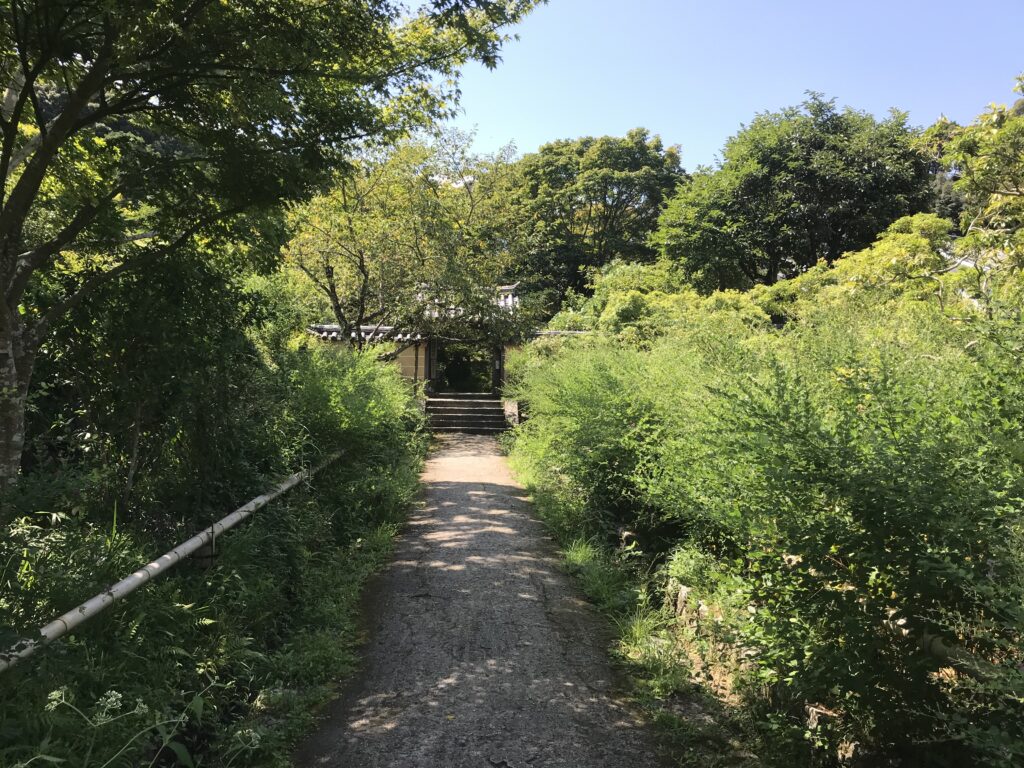
駐車場からお寺の門まで小道が続いていますが、草が鬱蒼としており、随分鄙びた感じのするお寺だなというのが第一印象です。寺門をくぐっても木に覆われた雰囲気が続きます。茂みを抜けた先に池が見えています。
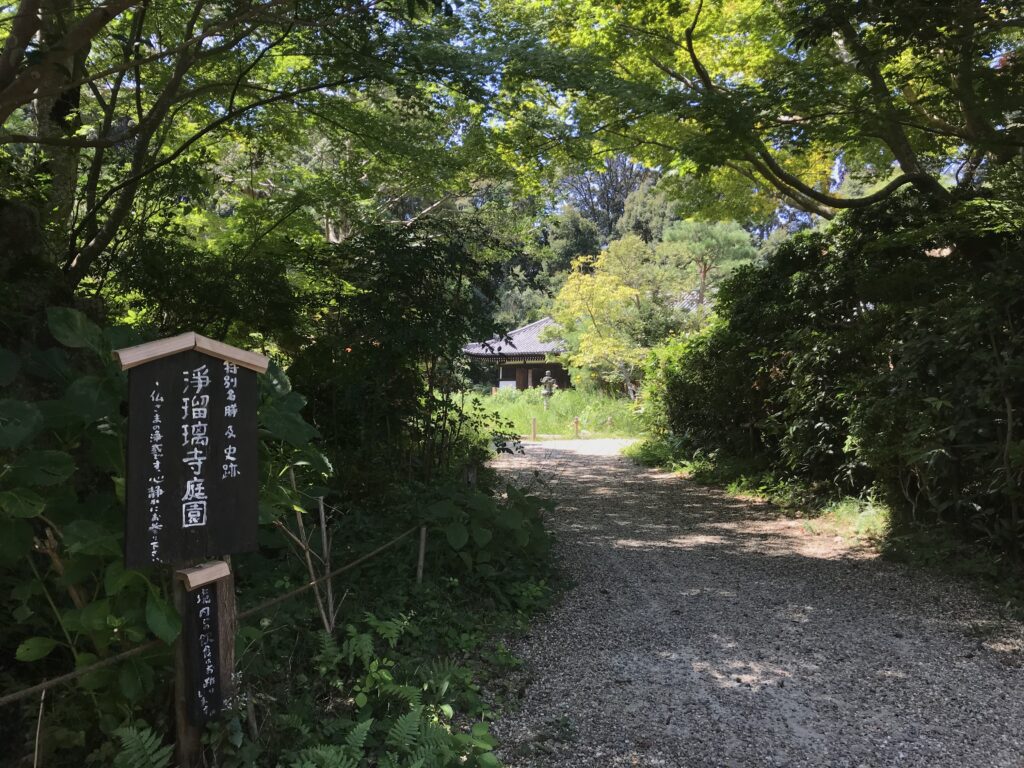
西方浄土の阿弥陀様
最初に、国宝の九体阿弥陀如来のある西側の本堂へ向かいます。平安時代のお堂と仏像が現存するのは日本でここだけです。ありがたさに、一体一体に対し、丁寧にお参りしました。お寺の西側は太陽の沈む西方浄土(極楽浄土)を表しており、その教主が阿弥陀如来です。
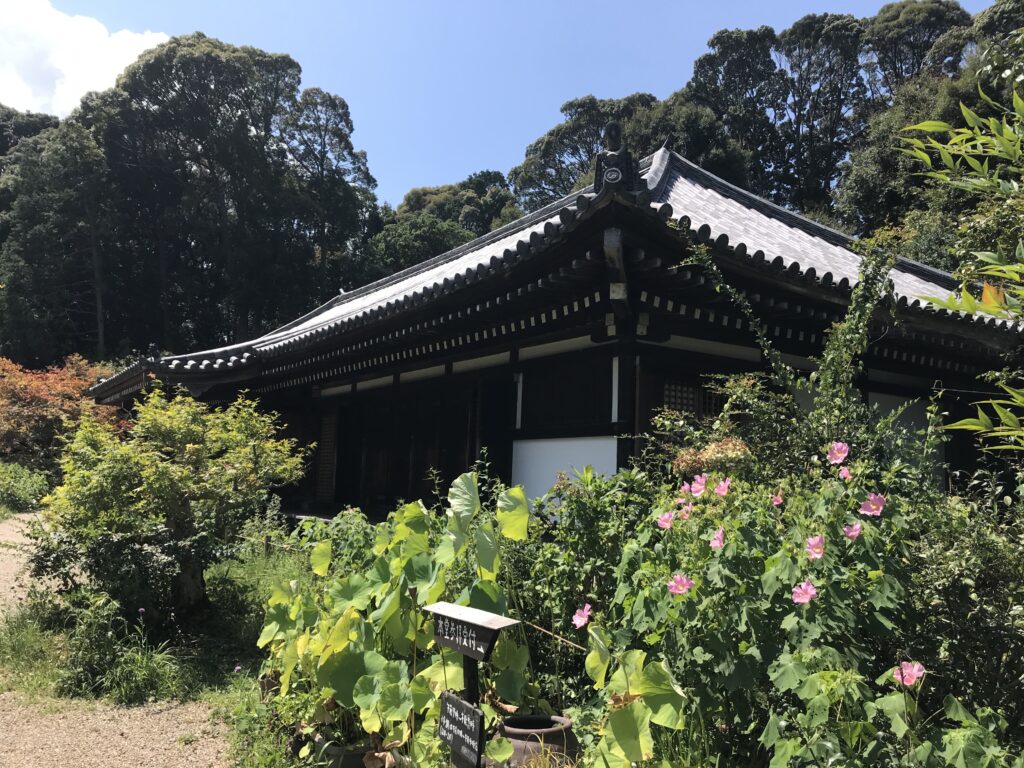
東方浄土の薬師如来様
お堂の前から東側を見ますと池の対岸に三重塔が建っています。こちらには太陽が昇る当方にある浄土(浄瑠璃浄土)の教主の薬師如来が安置されています。池を回遊して三重塔の方まで歩きました。
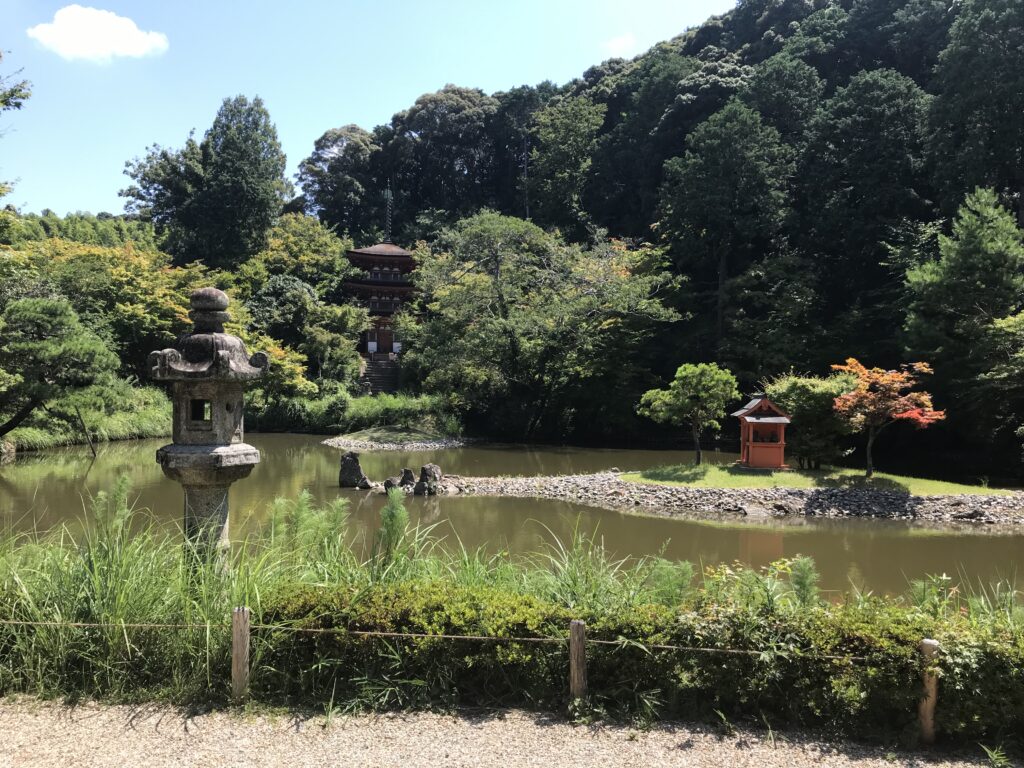
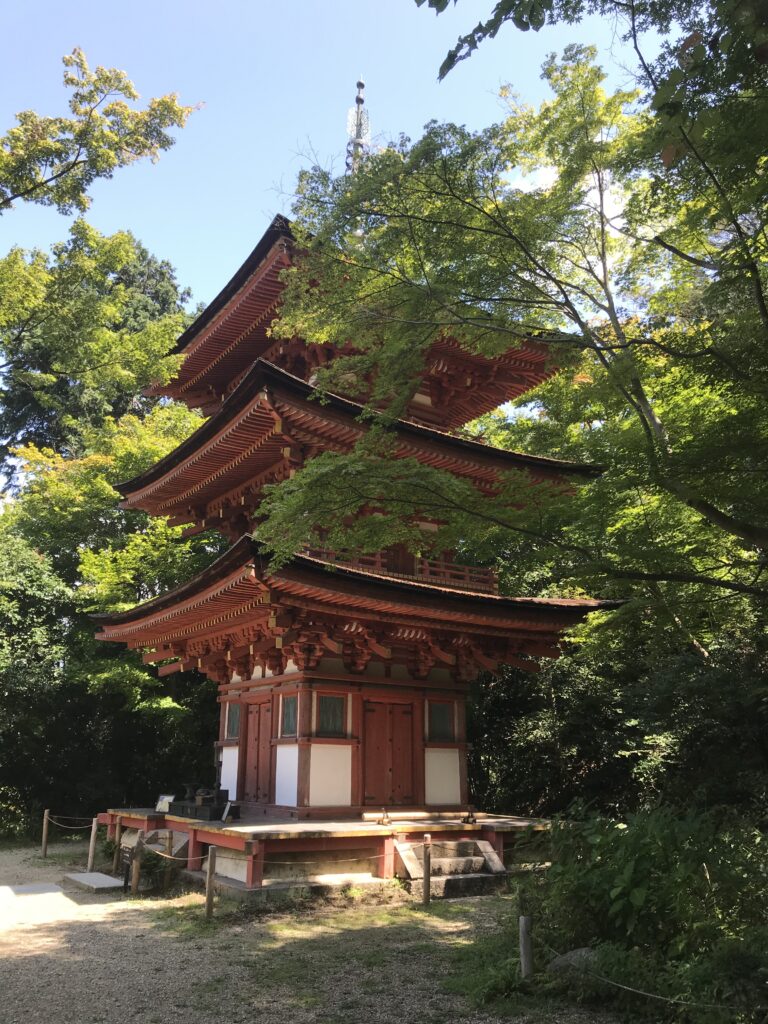
三重塔の側が此岸(しがん)になります。古来、人々は浄土の池の東から彼岸(西方)におられる阿弥陀仏に来迎を願って礼拝したそうです。私も池の向こうに見える本堂に向かって手を合わせました。東方浄土と西方浄土の両方を表した庭園に来れて、非常にありがたく感じました。(完)
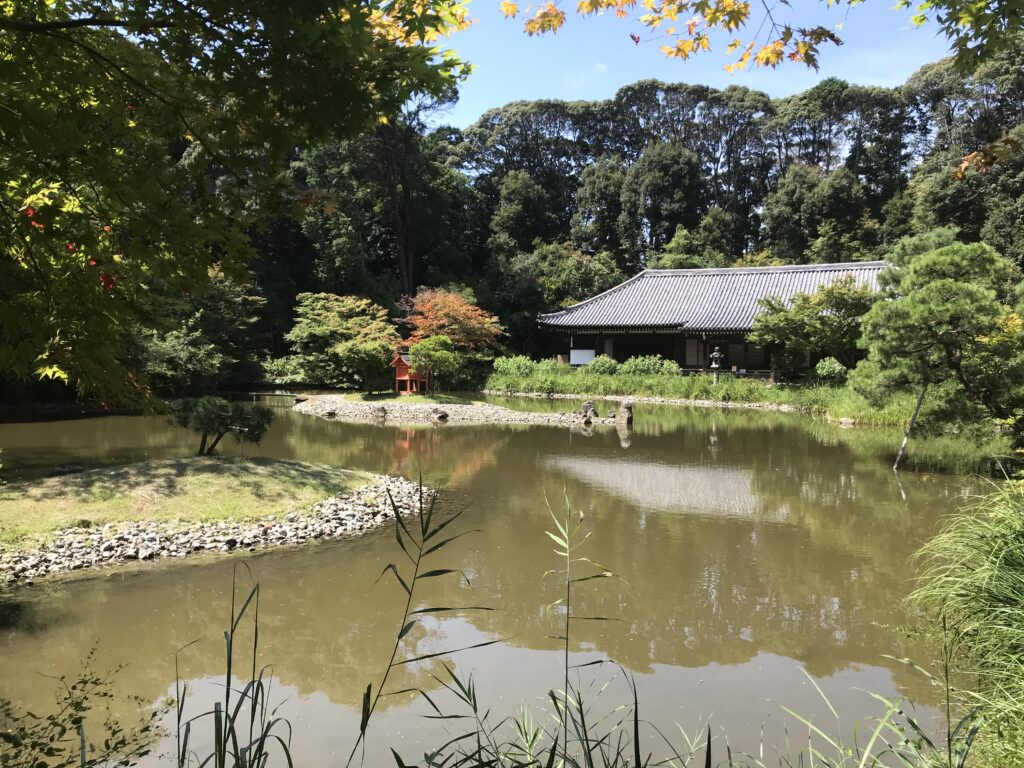
浄瑠璃寺の御朱印
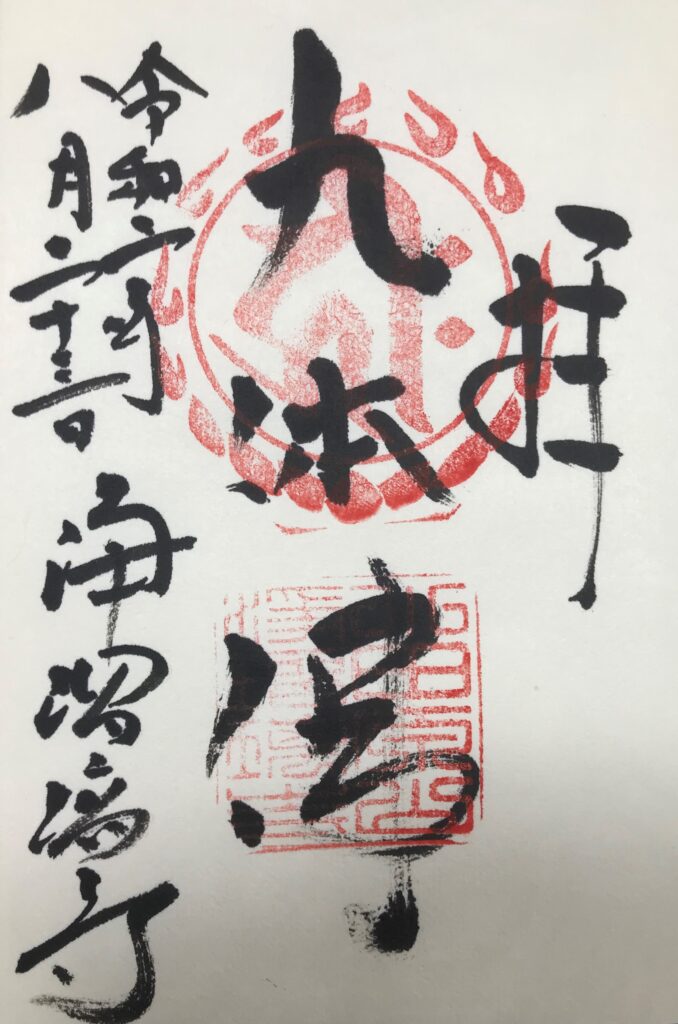
浄瑠璃寺が紹介されている書籍
宮本健次さんの「図説 日本庭園のみかた」に浄瑠璃寺が紹介されています。白黒ですが、大学での講座をまとめた書物で、日本庭園について色々と学ぶことができる書籍です。
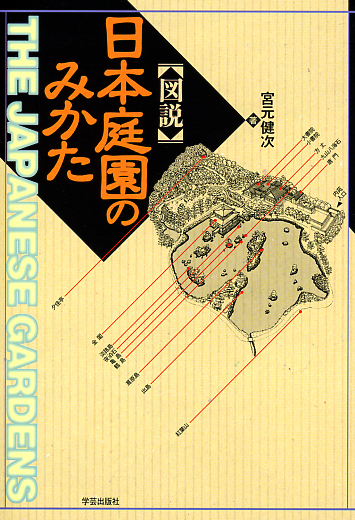
価格:2,090円
(2021/6/1 14:05時点)
感想(1件)
Jyoruriji Temple (English)
It was in Kyoto, not in Nara.
I thought Joruriji Temple was in Nara Prefecture because it was close to the center of Nara City, but when I looked at the address, I found it was in Kyoto Prefecture. I decided to stop by on my drive to Nara. It was quite a distance from the entrance of the mountain, so I thought it would be difficult to walk up to the temple, but as I was driving, I saw some elderly ladies walking up the mountain.
There was a path leading from the parking lot to the gate of the temple, and my first impression was that it was a very remote temple with dense grass. Even after passing through the temple gate, the atmosphere continued to be covered with trees. After passing through the bushes, I could see a pond.
Amitabha Buddha of the Western Pure Land
First, I went to the west side of the main hall, where there were nine Amitabha statues, national treasures. This was the only place in Japan where a hall and Buddha statues from the Heian period still existed. I was so grateful that I paid my respects to each and every one of them. The west side of the temple represents the Western Pure Land (Paradise), where the sun sets, and Amitabha Buddha was the head of this Pure Land.
Yakushi Nyorai of the Eastern Pure Land
Looking east from the front of the hall, I could see a three-story pagoda on the other side of the pond. This pagoda housed the Yakushi Nyorai, the head of the Pure Land (Joruri Pure Land) in east direction where the sun rises. We walked around the pond to the three-story pagoda.
The side of the three-story pagoda was the shore. Since ancient times, people had worshipped Amida Buddha on the other shore (west) from the east of the Pure Land Pond, hoping for his coming. I also put my hands together towards the main hall seen across the pond. I felt very grateful to be here in a garden that represents both the Eastern and Western Pure Lands. (End)
Temple Jyoruriji (Français)
C’était à Kyoto, pas à Nara.
Je pensais que le temple Joruriji était dans la préfecture de Nara parce qu’il était proche du centre de la ville de Nara, mais lorsque j’ai regardé l’adresse, j’ai découvert qu’il était dans la préfecture de Kyoto. J’ai décidé de m’y arrêter sur mon chemin vers Nara. L’entrée de la montagne étant assez éloignée, je pensais qu’il serait difficile de marcher jusqu’au temple, mais alors que je conduisais, j’ai vu des dames âgées monter la montagne.
Un chemin menait du parking à la porte du temple, et ma première impression a été qu’il s’agissait d’un temple très éloigné avec une herbe dense. Même après avoir franchi la porte du temple, l’atmosphère continuait d’être couverte d’arbres. Après avoir traversé les buissons, j’ai pu voir un étang.
Bouddha Amitabha du Pays Pur de l’Ouest
Je me suis d’abord rendu sur le côté ouest du hall principal, où se trouvaient neuf statues d’Amitabha, des trésors nationaux. C’était le seul endroit au Japon où il existait encore un hall et des statues de Bouddha de la période Heian. J’étais tellement reconnaissant que j’ai présenté mes respects à chacune d’entre elles. Le côté ouest du temple représente le Pays pur occidental (Paradis), où le soleil se couche, et le Bouddha Amitabha était le chef de ce Pays pur.
Yakushi Nyorai du Pays Pur de l’Est
En regardant vers l’est depuis l’avant de la salle, je pouvais voir une pagode à trois étages de l’autre côté de l’étang. Cette pagode abritait le Yakushi Nyorai, le chef de la Terre pure (Terre pure de Joruri) dans la direction de l’est où le soleil se lève. Nous avons fait le tour de l’étang jusqu’à la pagode à trois étages.
Le côté de la pagode à trois étages était la rive. Depuis les temps anciens, les gens ont vénéré le Bouddha Amida sur l’autre rive (ouest) de l’est de l’étang du Pays Pur, en espérant sa venue. J’ai également joint les mains en direction de la salle principale, vue de l’autre côté de l’étang. Je me suis senti très reconnaissant d’être ici, dans un jardin qui représente à la fois les Terres pures orientales et occidentales. (Fin)
